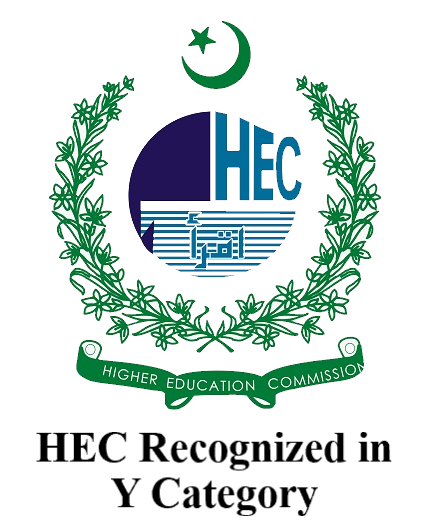Elections of 1970, its Campaign and Results: A Case Study of West Pakistan
DOI:
https://doi.org/10.71016/hnjss/md03kj45Keywords:
Elections, Manifesto, Campaigning, Voters, Political Parties, FranchiseAbstract
Aim of the Study: This research seeks to provide a detailed and analytical view of the elections of 1970s in terms of electoral campaign. It also aims to critically evaluate the party manifestos and results of smaller and larger political parties.
Methodology: This research is descriptive and analytical in nature. The data has been collected, analysed and narrated in a chronological order to conclude about the Elections of 1970 and more particularly about the electoral campaign of several left and right wing political parties. Both, primary and secondary sources including Legal Framework Order, Parties’ manifestos, their electoral activities, their election strategies and campaigns, election results and parties’ positions, Election Commission’s Reports, clippings of the contemporary newspapers etc. have been utilized in this research.
Findings: The study led to some interesting findings. The PPP which led a rigorous election campaign in two major provinces (Punjab, Sindh) won more than 80 seats from these provinces. The CML did not succeeded in getting as many seats as expected because it was lacking strong leadership and an attractive political program. ConML also tribally lost in polls because of its negative image as Kings party during Ayub’s Era. NAP as a leading left wing political party of West Pakistan based in NWFP relatively performed well in the provincial election held in NWFP. However, there was not a single political party who won majority seats from West Pakistan which ultimately led to the breakup of Pakistan.
Conclusion: The study concluded that that the PPP focused only on West Pakistan with its slogans of Socialism Other parties like JI, NAP, ConML, CML, JUP ran their campaign in both of the wings. Results showed that no Political party succeeded in securing two third majority with in the polls. A politically polarized Pakistan with a difficult task of transfer of power was waiting for the then political leaders. The postelection scenario also did not show any positive sign and Pakistan was disintegrated on 16 December, 1971.
Downloads
Published
Issue
Section
License
Copyright (c) 2023 Kanwal Noreen, Riffat Naseer, Dr. Farhat Nasim (Author)

This work is licensed under a Creative Commons Attribution-NonCommercial 4.0 International License.








